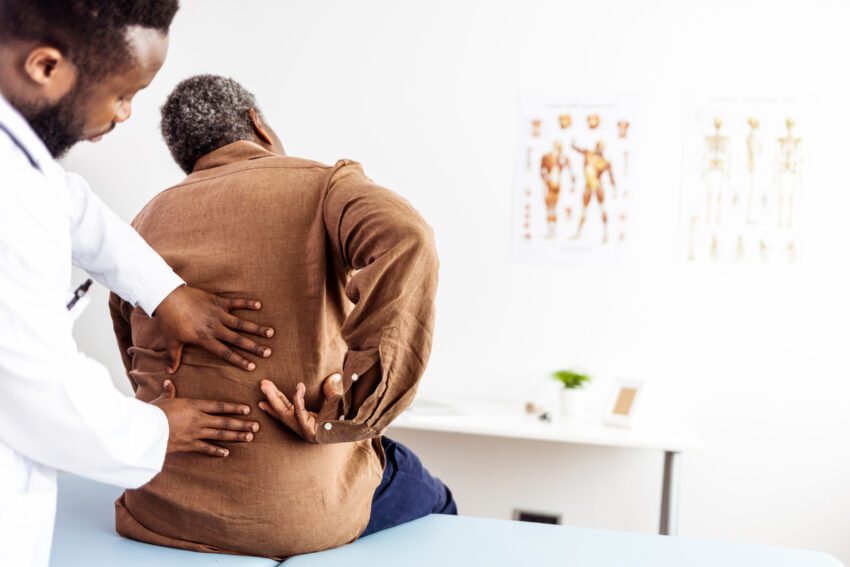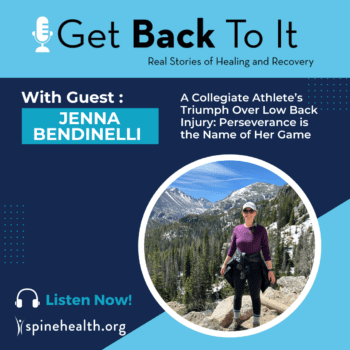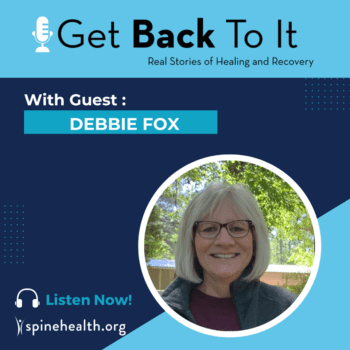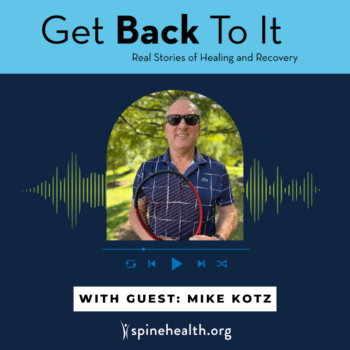In the realm of spinal surgery, the prospect of reversing a failed fusion surgery and replacing it with an artificial disc offers renewed hope for patients who have endured prolonged pain and restricted mobility. In a recent Spine-Talks session with spine surgeons Dr. Armen Khachatryan and Dr. Todd Lanman, they shed light on the successful conversion of failed fusions to artificial discs, highlighting the transformative effects of this innovative approach. This article explores the experiences of skilled surgeons who have pioneered these procedures, emphasizing their potential benefits and outcomes.
The Case for Conversion Consideration
Many patients will have successful fusions and not require anything further. However, there are those that undergo fusion surgery, but the body does not heal or fuse for one reason or another. The concept of converting a failed spinal fusion to an artificial disc arises from a crucial understanding of the body’s natural biomechanics and the potential consequences of restricting movement at specific spinal segments. Driven by the belief that we should avoid fighting nature, experienced surgeons have embarked on a journey to offer patients a second chance at pain relief and improved functionality by preserving spinal motion when the surgical environment is appropriate for this approach.
Dr. Khachatryan explains some of his conversion cases, “If the environment was still amenable, I would convert a failed fusion to an artificial disc. Those patients went on to heal and have done incredibly well.” This intricate procedure involves the removal of non-fused elements while assessing the disc’s environment. If conditions are amenable, a carefully selected artificial disc is implanted, providing an opportunity for healing and restoration of mobility. This strategy has yielded remarkable success stories, with patients experiencing improved health, sending gratitude in the form of cards and referrals.
Revisions are also Possible
On the flip side, patients who underwent artificial disc replacement but have failed to improve for various reasons such as improper implant placement may benefit from revision of the artificial disc replacement to preserve motion. Surgeons have successfully revised these cases by optimizing positioning and sizing, ensuring a more appropriate fit and function. The flexibility of the artificial disc allows for adjustments that can lead to enhanced outcomes and pain relief. It is important to also mention that there are also cases where artificial discs do not relieve symptoms, in which case conversion to a fusion is an option.
A Complex Case with Remarkable Outcomes
There are also specific cases that highlight the versatility and transformative potential of conversion procedures. One patient, who previously underwent a three-level fusion, had a single level converted to an artificial disc. The strategic replacement not only reduced the fusion to only two levels, but also facilitated the patient’s return to activities like golf after years of discomfort. This success story exemplifies the profound impact that converting a failed fusion to an artificial disc can have on a patient’s quality of life and complex cases underscore the importance of careful patient selection and thorough assessments before embarking on such intricate procedures.
Conclusion
The practice of converting failed spinal fusions to artificial discs offers a promising avenue for patients grappling with pain and restricted mobility when done properly and in select cases when this is appropriate based on anatomy. This innovative approach reflects a growing recognition of the intricate interplay between spinal biomechanics and surgical intervention. By embracing the potential of artificial discs to restore movement and alleviate pain, surgeons are rewriting the narrative for patients who once believed their mobility was lost forever. As demonstrated by real-life success stories, the conversion of failed fusions to artificial discs can be a transformative solution, rekindling hope and enabling patients to regain their active, pain-free lives.



